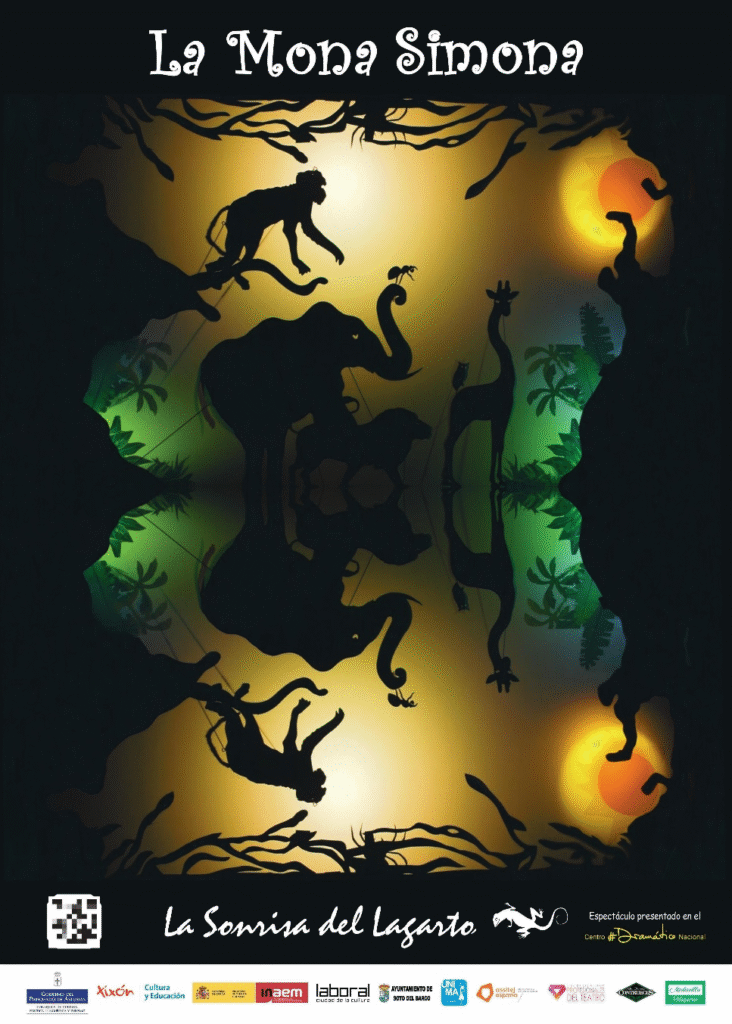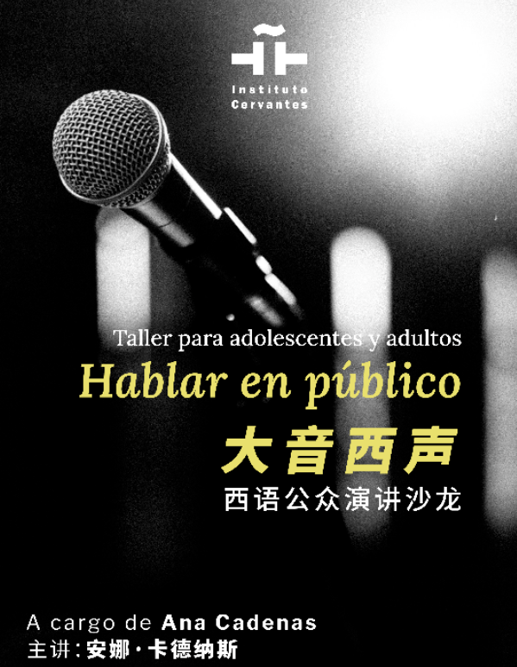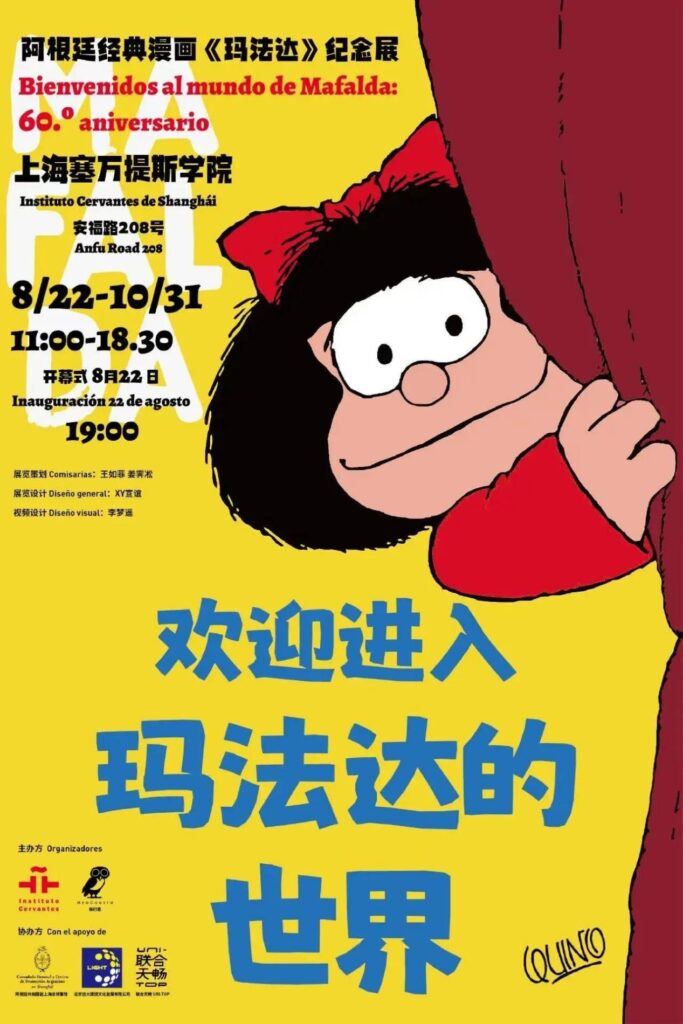
Meeting Mafalda on Anfu Road: A Spiritual Dialogue Spanning Sixty Years
When we arrived at the entrance of the Instituto Cervantes Shanghai, the sun was casting a warm golden glow over the Spanish-style building. Through the exhibition hall’s glass windows, that Argentine girl with a bow in her hair and a tousled bob was “sizing us up” — it was an encounter sixty years in the making, yet so vivid it felt as if she had just stepped out of the comic strips.
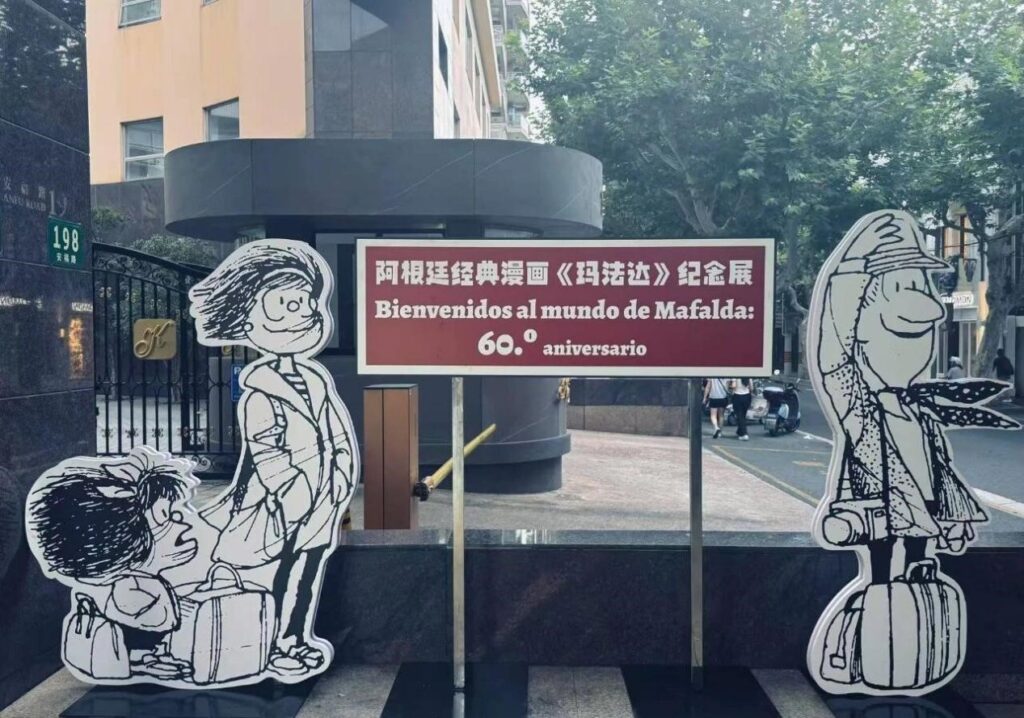
I. Stepping into the “Micro World” of the Comics
At the entrance of the exhibition hall, the life-sized (1:1) statues immediately drew exclamations from the students. Mafalda’s head tilted upward was identical to her comic book counterpart, standing alongside her friends: Manolín, who dreamed of becoming a businessman; Susana, aspiring to be a housewife; Felipe, always clutching a book; and her little brother Guille, holding a toy car. “Isn’t this exactly the ‘social archetype’ we learned about in textbooks?” The plaque beneath the statues aptly explained Quino’s creative ingenuity: this small circle of children is a microcosm of Argentine society in the 1960s.
The most fascinating part was the highly realistic scene exhibition area. In Mafalda’s bedroom, shelves held The Beatles’ records (she was a die-hard fan of the band), and a half-finished homework assignment lay open on her desk. In the adjacent dining room, a ceramic soup bowl on the table stood out prominently — a screen nearby looped comic clips, showing Mafalda frowning and shouting “Soup again!” which had the students laughing uncontrollably. “Who would have thought this little philosopher concerned about world peace would throw tantrums over meals?” This authentic contrast transformed Mafalda from a symbol into a relatable “girl next door.”
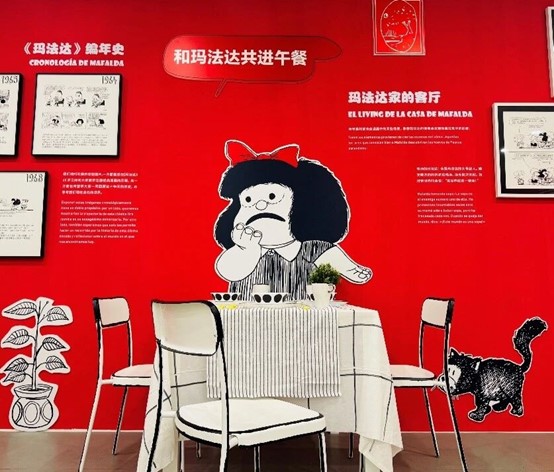

II. The Mark of the Times in Original Comic Manuscripts
Beneath the warm yellow lighting of the original works exhibition area, the ink traces of Quino’s manuscripts were clearly visible. Most striking was a set of comics dated 1968: Mafalda asks her mother, “Why are the brothers and sisters in Paris taking to the streets?”, with faint protest slogans sketched in the background. The commentator explained that this was Quino’s response to the Paris riots, voiced through a child’s innocence. In another nearby manuscript, Mafalda rests her chin in thought, wondering “Why is there war?”, her simple lines concealing a silent questioning of the Vietnam War.
“Quino wraps sharp insight in childlike naivety,” noted Yueyue from the Law Department, copying the text beside the comics into her notebook. A timeline on the wall traced the creative journey: Mafalda first appeared in Primera Plana in 1964, and the series halted in 1973 due to shifting political climates in Argentina. Over those ten years, her questions remained tightly tied to the times — the Cuban Revolution, the Cold War landscape — terms from history textbooks, made vivid and tangible through a child’s perspective.
III. A Cross-Border Spiritual Resonance
In the interactive zone, students gathered around new editions of the comics, flipping through pages. Editors from the publishing house brought early translations by Sanmao, and the note on the title page — “Teaching Mafalda to speak Chinese” — moved everyone deeply. When spotting Sanmao’s detail of changing “mayonnaise” to “soy sauce,” one student sighed, “This is what a true cultural bridge looks like.”
At the message board, everyone wrote their own “Mafalda-style questions”: “Why do screens grow larger while communication grows thinner?” “How can we care about the world and live well daily?” These questions echoed Mafalda’s doubts and confusions from sixty years ago. As Gabriel García Márquez described it, “the Quino cure” — in those moments of laughter-infused reflection — we all understood Umberto Eco’s assessment: “Mafalda is a heroine of her time.”
By evening, as we left, this Argentine-born girl — with her sharpness in “Stop the world, I want to get off” and her innocence in “Soup again!” — had taught us: true thinking is never a heavy burden, but a life lived with warmth. Sixty years have passed, yet that small, anti-mediocre soul still lights the way for every person who loves to think.


